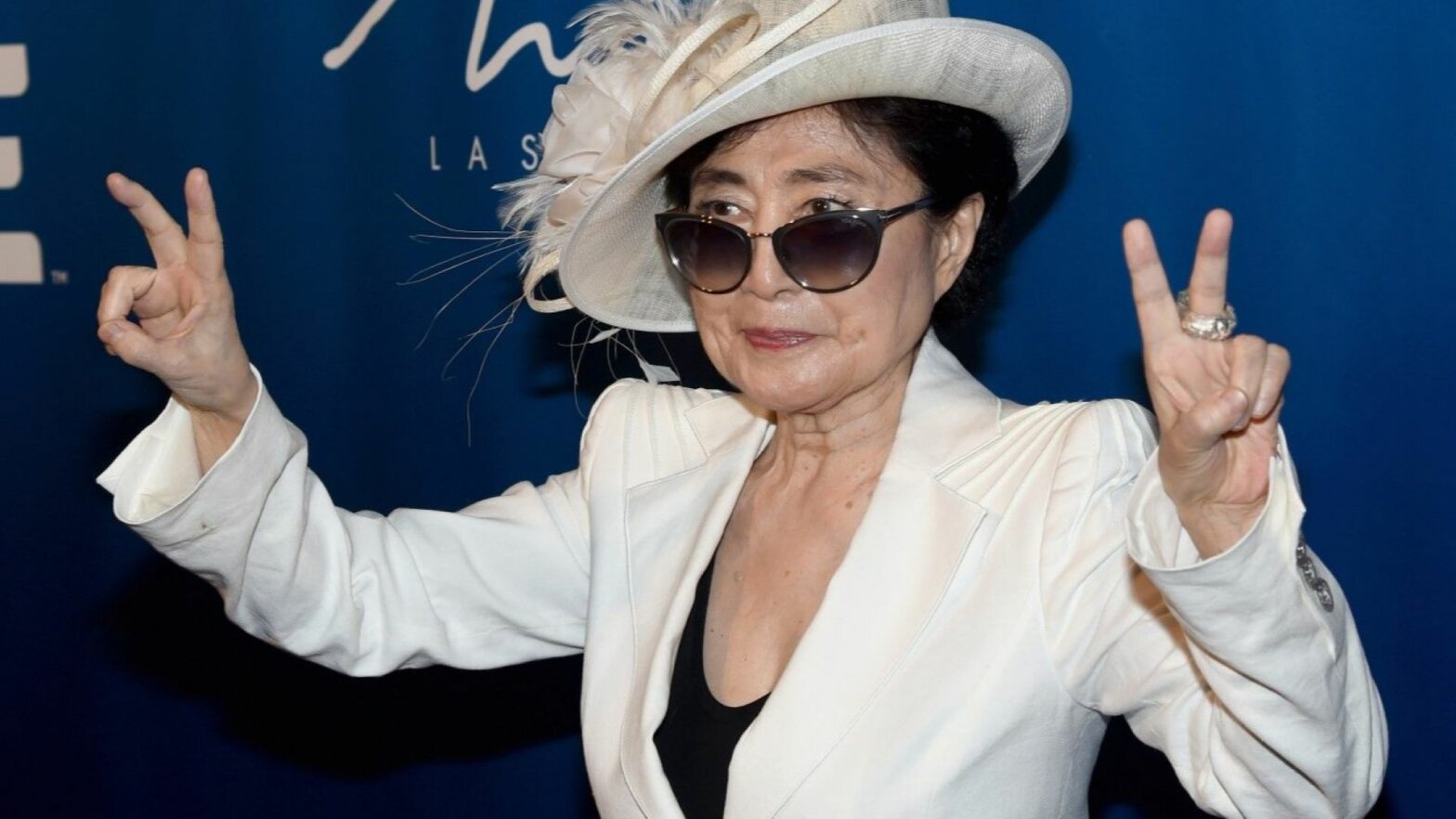What is Fluxus? Or rather, what was Fluxus? It’s a complicated answer to unravel with a colorful history and far-reaching cultural ramifications. We will explore the inception and evolution of Fluxus, take a look at the founder and other notable Fluxus figures, and break down the historical significance of the movement. But first, let’s get started with a definition.
What is Fluxus
First, let’s define Fluxus
Fluxus is a bit more complex to define than other art styles and movements such as gothic art, contemporary art, or pop art. After our general definition, we’ll dig deeper into the nitty-gritty of Fluxus as a movement and a way of thinking.
FLUXUS DEFINITION
What is Fluxus?
Fluxus, which goes also by the name “Intermedia”, was both an avant-garde artistic movement AND a community of like-minded artists with a shared goal to experiment with, challenge, and go against the grain of traditional art and societal mores. Fluxus has also been used to describe the purposefully strange, counter-cultural mindset of the artists who practiced it.
Unlike other artistic styles, Fluxus was not restricted to any specific medium, materials, or methods. Fluxus art pieces ran the gamut from paintings and sculptures to musical compositions and performance art. Anything that fit the wild, free-spirited nature of the Fluxus community and challenged preconceived artistic notions was welcome.
Fluxus was founded by George Maciunas. The precise start date of Fluxus is debated but can be narrowed down to between 1960 and 1963, though the initial members of Fluxus first sparked the idea in 1959 during a John Cage workshop. This initial interaction is sometimes referred to as “Proto-Fluxus”.
The death of George Maciunas in 1978 marked the official end of Fluxus. The final Fluxus event was at the funeral of George Maciunas and was dubbed a “Fluxfuneral” with a “Fluxfeast & Wake” to follow immediately afterward.
Fluxus Characteristics:
- An artistic movement and community
- Covers a wide range of mediums and methods
- Founded and led by George Maciunas
Fluxus Art Movement
Historical Context
Fluxus is often compared to Dadaism and sometimes considered an offshoot of the Dadaist style. Key members within Fluxus, such as John Cage and George Maciunas, reject the connection to Dadaism, instead insisting that the beginnings of Fluxus were more inspired by the Buddhist philosophy of Zen. John Cage said that Fluxus art was, “Important as a means to make one aware of one's actual environment.”
“Water Walk” - a performance piece by John Cage
Fluxus is often credited as one of the many driving forces behind the major cultural shift from the straight-laced 1950s into the more free-spirited 1960s. The goal of Fluxus creations was more often than not to go against the accepted societal standards and challenge the dominant ways of thinking. Because of this goal, Fluxus works and performance pieces were frequently written off as bizarre for the sake of being bizarre and/or highly pretentious without depth.
A key member discusses the history of Fluxus • Fluxus meaning
Though Fluxus remains divisive in terms of the critical reception of its work, one thing is certain: the cultural impact of Fluxus and its footprint on art history are indelible.
Related Posts
Fluxus Artists
Notable Fluxus Figures
The most important figure of the Fluxus community was without a doubt its founder and figurehead, George Maciunas. As a leader, George Maciunas had a tendency to be volatile and often caused rifts within the Fluxus community. He wrote several manifestos about art and had a history of kicking artists out of Fluxus, sometimes without any significant cause. A documentary was released about George Maciunas in 2019.
George: The Story of George Maciunas and Fluxus • fluxus art movement
The work of John Cage is said to have provided the initial meeting grounds for what would eventually become Fluxus. Cage was known as an experimental composer, and his work often bridged the gap between music and performance art. Cage sought to challenge the very notion of what “music” is.
A performance of John Cage’s 4’33 • fluxus art examples
Yoko Ono is likely the most famous name attached to the Fluxus community, as her reputation reaches beyond Fluxus. Yoko Ono contributed many musical compositions and performance art pieces to the Fluxus community. Her performance “Cut Piece” became one of the most famous pieces of performance art in the world and was considered a landmark moment in feminist art.
Cut Piece by Yoko Ono • examples of fluxus art
Dick Higgins was another founding member of Fluxus. In 1964, he was expelled from Fluxus by George Maciunas along with a handful of other prominent members. Higgins made use of many artistic mediums ranging from printmaking to “anti-music” compositions.
A performance of a piece from Dick Higgins’ Danger Music collection • What is Fluxus
Fluxus had numerous official and unofficial members located all around the world. Though Fluxus officially came to an end in 1978, some Fluxus practitioners continue to ply their craft and push boundaries to this day.
UP NEXT
What is Dadaism?
You now know everything you need to know about Fluxus, including the relationship between Fluxus and Dadaism. Up next, you can continue learning about the origins, the style, and the important figures of the Dadaist artistic movement, plus take a look at examples of famous Dadaist works.
Up Next: What is Dadaism →
Showcase your vision with elegant shot lists and storyboards.
Create robust and customizable shot lists. Upload images to make storyboards and slideshows.
